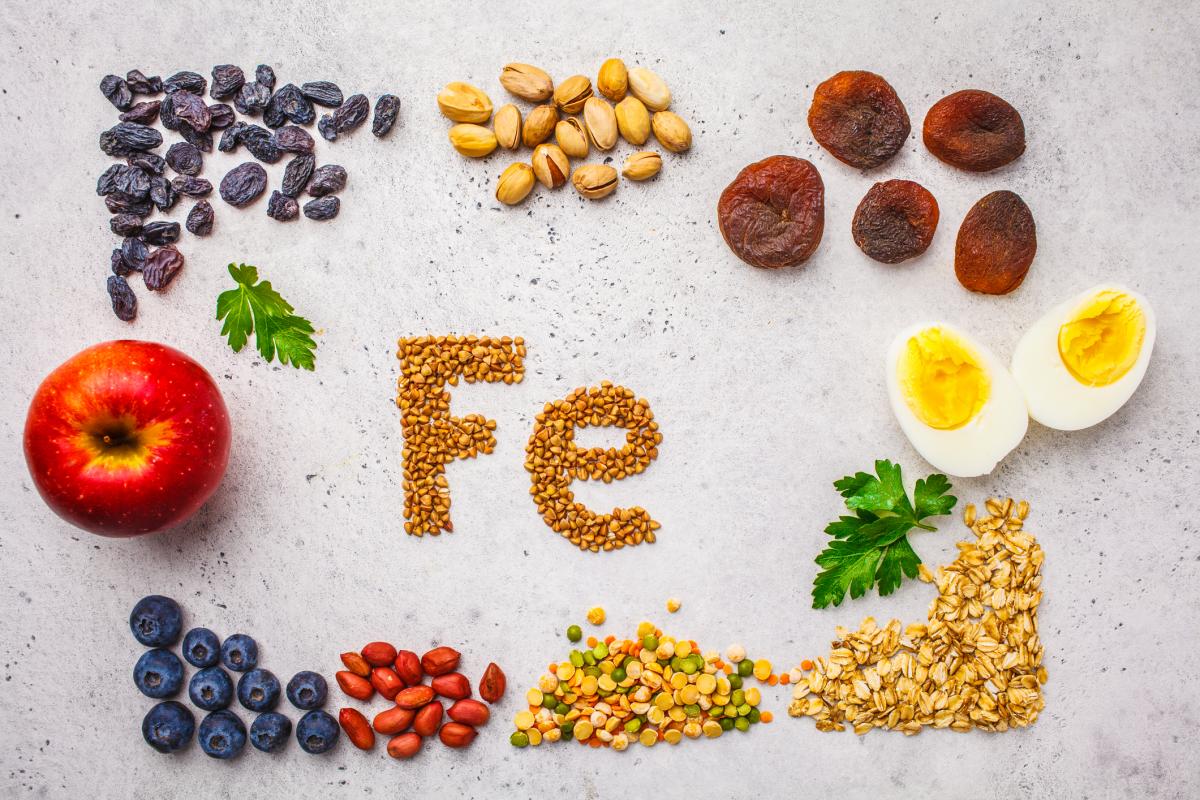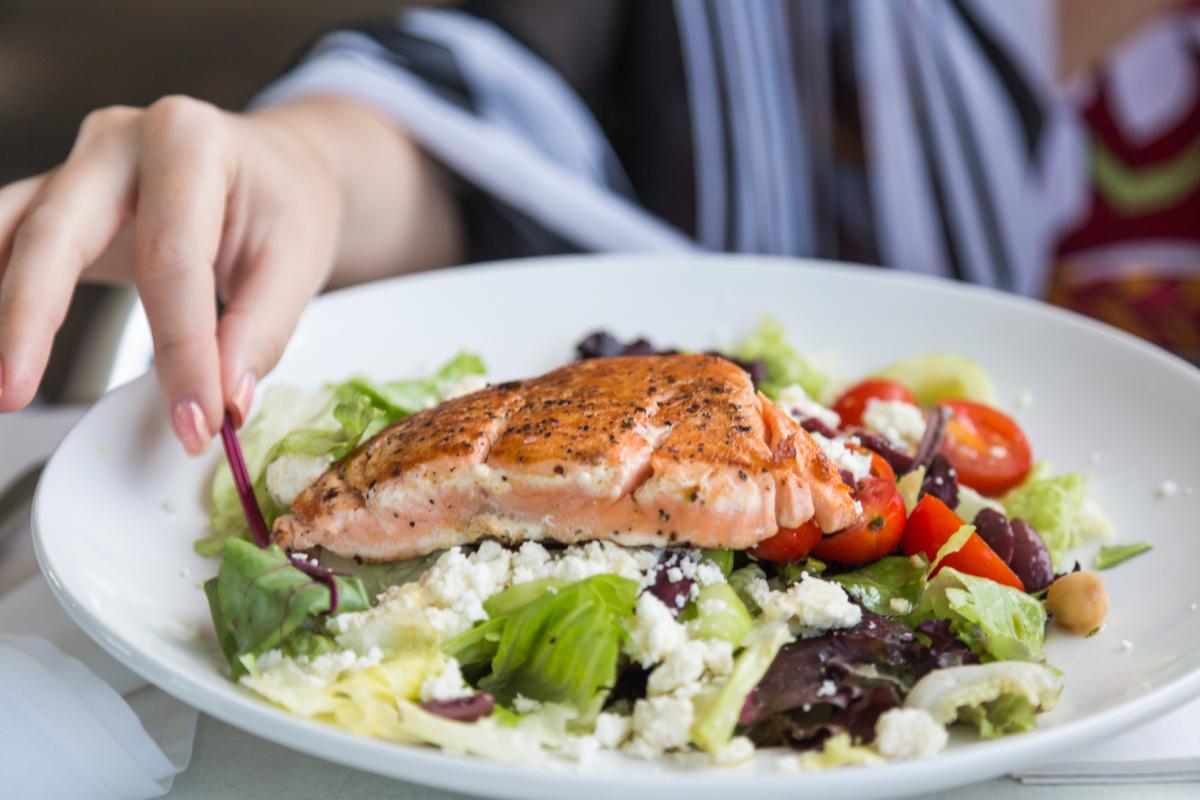March is Nutrition Month and is a great time to Unlock the Potential of Food with healthy eating.
Eating a variety of fruits and vegetables, whole grains and protein-rich foods every day is a great foundation for healthy eating. But some nutrients like iron, are harder to get in the amount that you need, especially if you are pregnant, vegan or vegetarian.
Why is iron important?

Iron is needed to make the protein hemoglobin in red blood cells that carries oxygen throughout the body. If you are pregnant, your blood volume will increase by 40-50% so your body needs to make even more red blood cells and hemoglobin than usual. Stored iron passed along to your unborn baby is important for your baby’s brain development during the first months of life. Kids and adults who are low on iron may experience fatigue and irritability. Low iron levels can also impair immune response and impact a child’s growth and development. When pregnant low iron levels can lead to delivering your baby early.
If you are worried that you or your child might not be getting enough iron speak with your healthcare provider.
How much iron do you need?
The amount of iron needed is different depending on age and sex. Check out the chart at unlockfood.ca to see how much you or your child(ren) should be getting. When pregnant, you need 27 mg of iron per day. This is very hard to do with food alone, so it is recommended that you take a prenatal vitamin with 16-20 mg of iron each day, in addition to the iron you get from the foods you eat.
People who choose to eat vegetarian or vegan need to eat almost twice as many milligrams of iron each day compared to people who eat meat. This is because our bodies absorb iron from animal-based foods more easily than from plant-based foods.
What foods have iron?

Iron is found in many plant and animal foods and you can find tips from Dietitians of Canada for eating as a vegetarian or vegan. Foods that are considered ‘iron-rich’ include:
- Whole- and enriched-grains, such as bread and cereals
- Dried beans, peas and lentils (cooked or canned)
- Meat, fish, poultry
- Eggs
How can you get more iron from food?
We asked our public health dietitian to share some strategies for increasing the amount of iron in your meals, as well as how to help your body absorb iron better. Here is her advice:
- Cook with more beans, peas and lentils. Canada’s Food Guide recommends choosing plant-based protein more often. Get started with some bean and lentil recipes.
- Eat plant sources of iron with a source of Vitamin C to increase the amount of iron your body absorbs.
- Add freshly squeezed lemon or lime to cooked spinach, or kale chips.
- Sprinkle a few strawberries on your salad or in your whole-grain cereal.
- Drink a glass of orange juice with your prenatal vitamin.
- Eat plant sources of iron with an animal source of iron. Our bodies have an easier time absorbing the iron from plant sources when eaten with an animal source like meat, fish or poultry. Add some chicken to a spinach salad or whole grain pasta meal!
- Add nuts and seeds to snacks and meals.
- Choose whole grains over enriched grain products more often.
- Cook foods in cast iron cookware to add some natural iron to your food. Just be sure to include a source of Vitamin C (e.g. 2-3 drops of lemon or lime juice, tomatoes, bell peppers) during the cooking process.
No matter whether you are ‘omnivore to the core’, vegetarian, vegan or somewhere in between, it’s important to choose your food wisely to get the iron you need. A few simple changes to what and how you eat may help boost your iron intake — and benefit you and your family!
